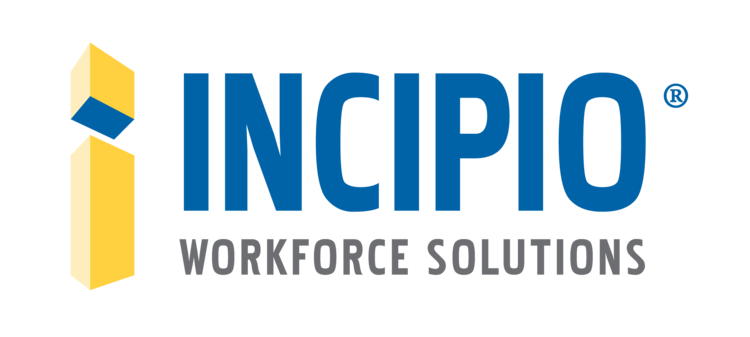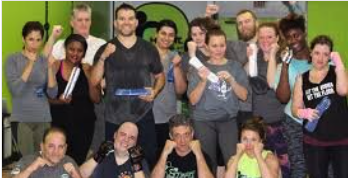Get The Right People for Your Business- And Keep Them!
Lori Fain-Incipio Workforce Solutions
Why Retention Matters

Recruitment should go hand in hand with retention. In fact, I would argue you can’t have recruitment without retention. Companies should be both “recruit ready” and “retention ready.”
Here’s what I mean. The days of a large pool of candidates waiting to be hired are gone. That’s just not the case anymore – particularly in skilled positions where employees are required to have certain licenses or certifications. This requires you to think about what potential hires see when they do their homework about your company. It’s similar to online shopping. Before or during the hiring process a candidate will certainly check the reviews of your company and negative comments always carry the most weight.
As part of the recruiting process, you should answer several questions. What do your professional development programs look like? How are your employees treated? Are your employees being coached, mentored and prepared for advancement? Companies with effective retention programs are the most successful in recruitment.
How We Can Help
At Incipio, when we assist a company with recruitment we work on spending time upfront with clients. We walk through all aspects of the position, the organization, and the market. We go in and see where the work is going to take place. We meet the people who the candidate will be working with. We examine what both short and long-term success looks like to make sure the position is a good fit for both the organization and the candidate. Some of these conversations can be uncomfortable but they are crucial because the strategy sessions ensure recruiting efforts produce positive results as quickly as possible.






